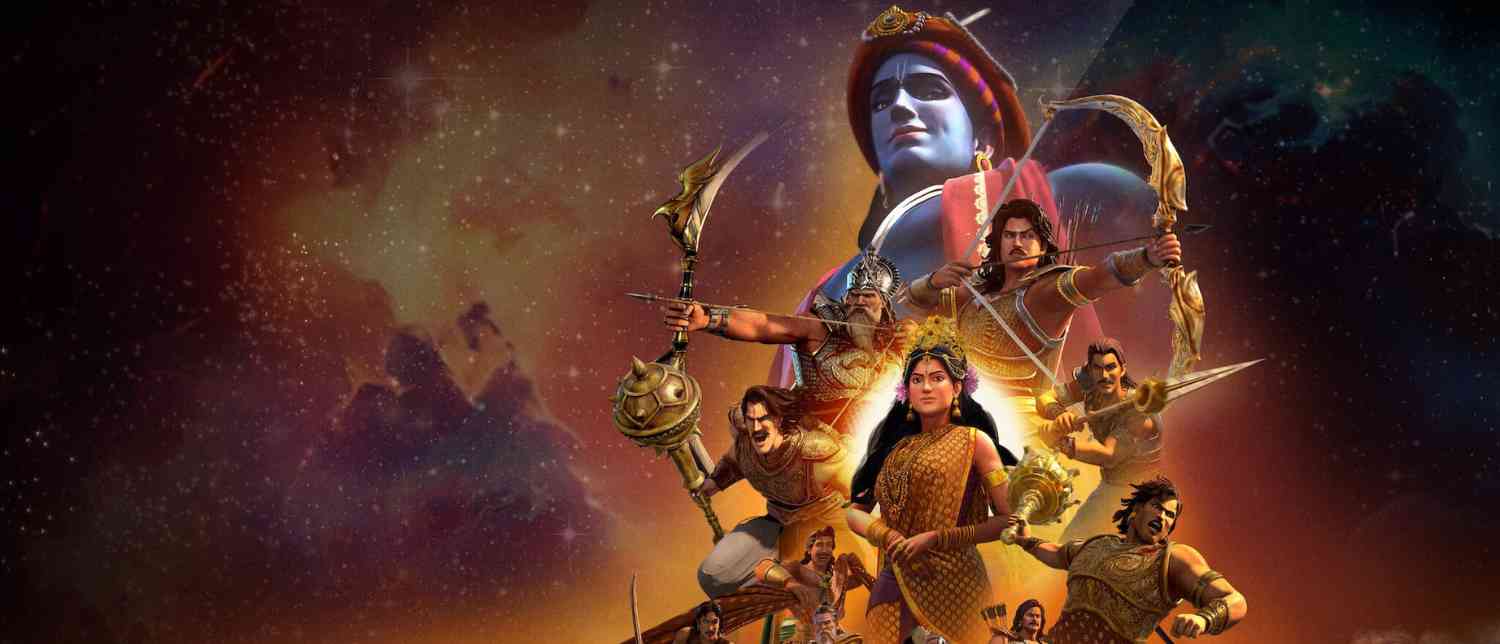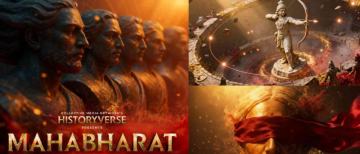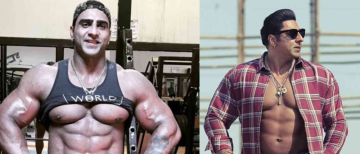Netflix’s latest animated venture, Kurukshetra, attempts what few creators in India have dared — to reimagine the monumental Mahabharata in an animated format that blends philosophy, poetry, and battle spectacle. Following Netflix’s earlier animated film Mahavatar Narasimha, Kurukshetra dives straight into the 18-day war between the Pandavas and the Kauravas, the ultimate confrontation of dharma and destiny.
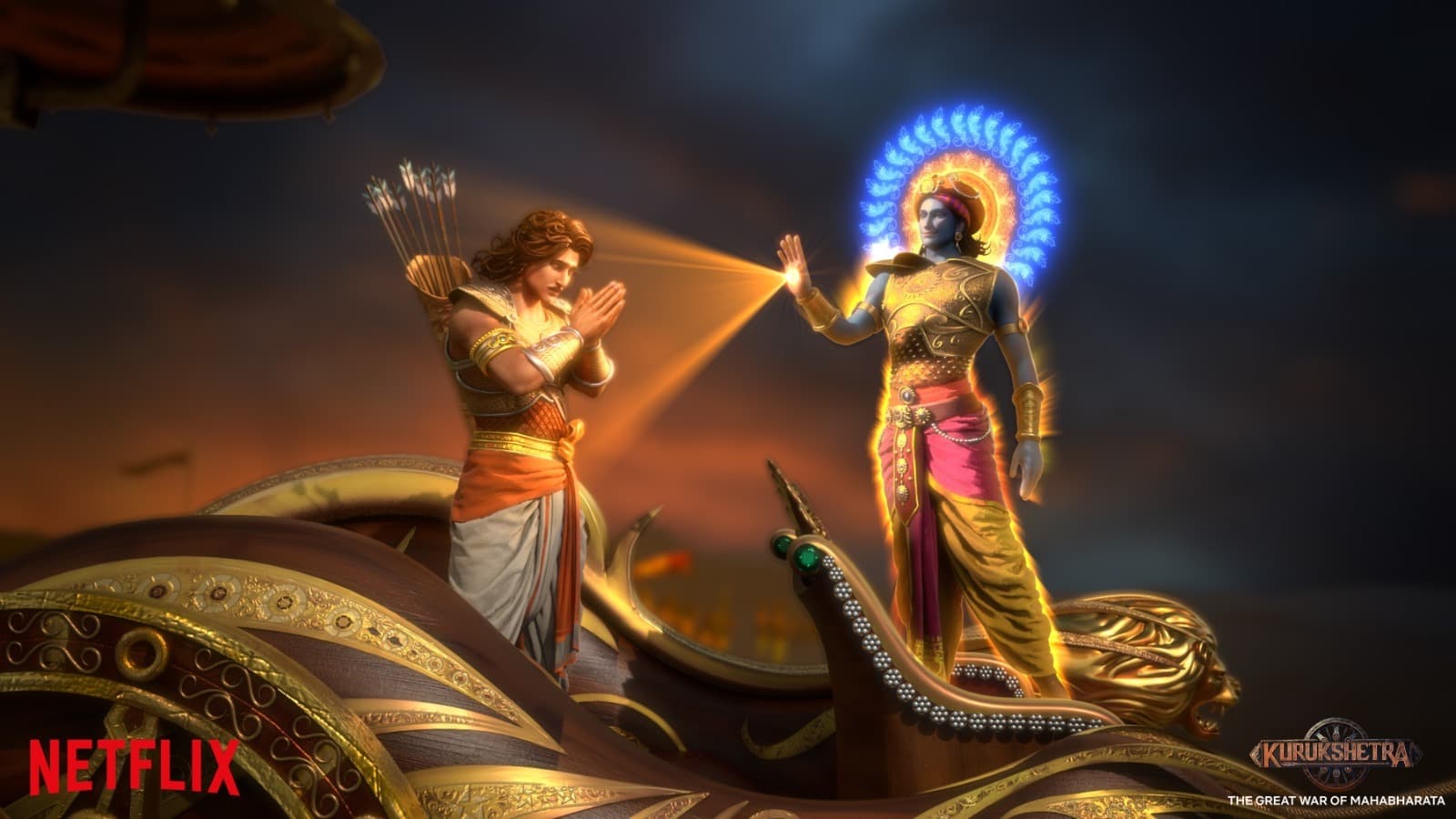
An Ancient War Reimagined for the Screen
Created by Anu Sikka, directed by Ujaan Ganguly, and produced in collaboration with Hitech Animation, Kurukshetra unfolds as a massive, two-part animated series. The first season — streaming now on Netflix — features nine episodes, each focusing on one of the central warriors from the Mahabharata: Arjuna, Yudhishthir, Bhishma, Dronacharya, Abhimanyu, and others. The upcoming second season is expected to cover the remaining nine, completing the full 18-day chronicle of the war.
The story opens with vultures hovering over the battlefield — an early symbol of the devastation to come. Within moments, it’s clear that this retelling isn’t merely about divine interventions and mythical grandeur. Instead, Kurukshetra is a deeply human story of ambition, vengeance, honour, and loss — of brothers turned enemies and righteousness tested beyond recognition.
The Voice of Gulzar: Soul of the Series
What truly binds Kurukshetra together is the mesmerizing narration by the legendary Gulzar. His poetic gravitas elevates the storytelling to an almost meditative experience. His words, written with his characteristic lyricism, remind us that truth is never one-dimensional — “the fallout of Kurukshetra is not just measured in lives lost, but in values eroded.” His narration transforms what could have been a straightforward mythological adaptation into something lyrical, tragic, and hauntingly relevant.
Through Gulzar’s voice, the ancient war becomes a mirror reflecting our modern moral dilemmas. His presence gives the show its emotional backbone and transforms even moments of chaos into scenes of reflection and meaning.
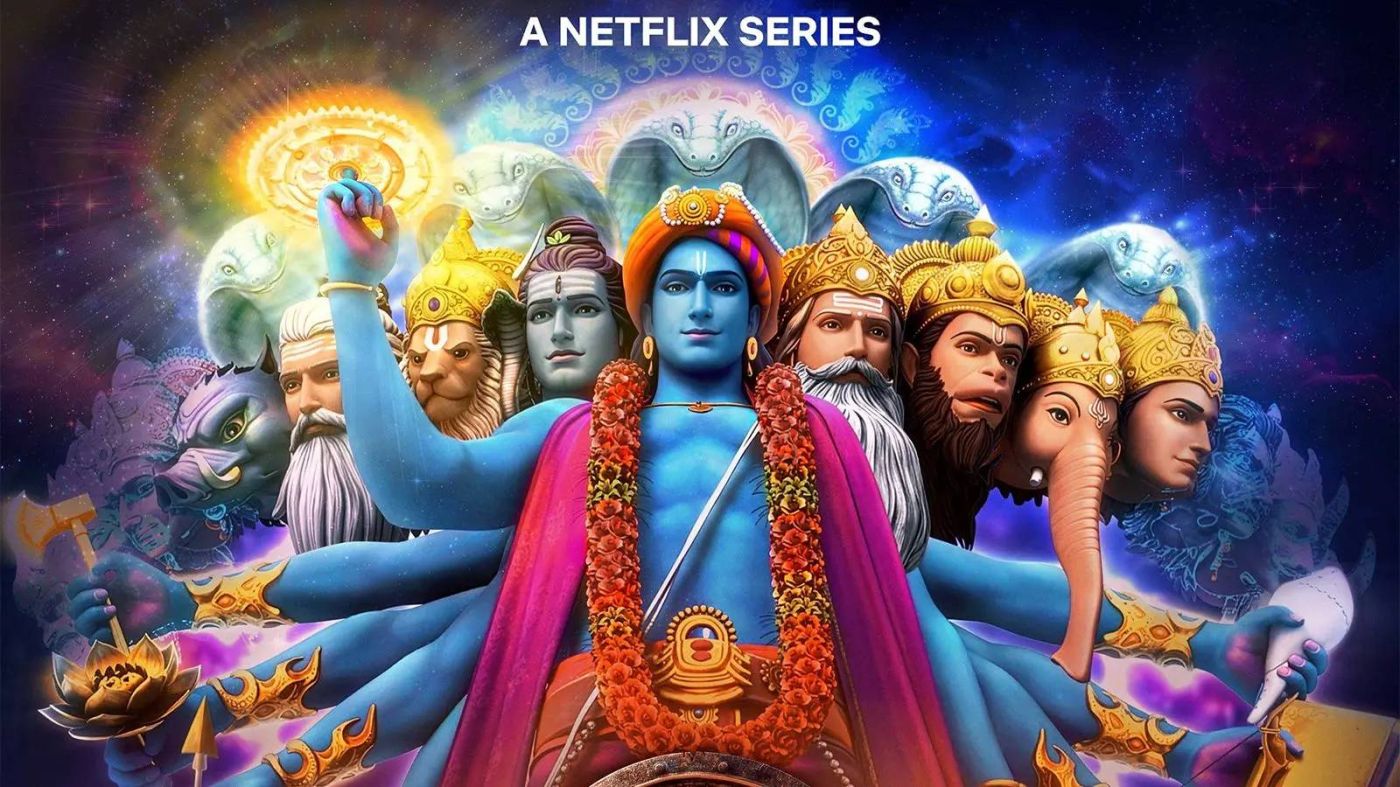
A War Told Through Eighteen Eyes
Unlike most Mahabharata retellings that attempt to capture the entire saga — from the dice game to Draupadi’s humiliation, from exile to redemption — Kurukshetra narrows its lens to the battlefield itself. Each episode focuses on one warrior’s perspective, capturing their internal and external battles.
We see Arjuna’s hesitation as he faces his cousins across the field, Yudhishthir’s crushing burden as the upholder of righteousness, Abhimanyu’s fearless sacrifice within the chakravyuh, and Bhishma’s tortured loyalty as he fights a war his conscience doesn’t believe in. The series moves fluidly between combat sequences and flashbacks, revealing the emotional scars that led each fighter to the point of no return.
This structure makes the narrative intimate despite its epic scale. Every episode feels like a character study — less about victory and more about the human cost of war. The result is a powerful reminder that in Mahabharata, even the righteous are not guiltless, and even the wicked are not without pain.
Animation: A Mix of Grandeur and Growing Pains
Visually, Kurukshetra is India’s most ambitious animated project yet. The animation, handled by Hitech Animation, is vibrant and cinematic, capturing the scope of ancient warfare — from divine chariots slicing through dust storms to arrows that ignite into blazing trails. The scenes of combat have a video-game-like energy that gives the series a pulse of action and excitement.
However, the execution isn’t always seamless. While superior to earlier Indian animated projects like Mahavatar Narasimha, Kurukshetra still falls short of global animation benchmarks. Some characters have stiff, rubbery facial expressions and lack distinctive detailing. The color palette — at times overly saturated with neon greens and oranges — can feel garish, diluting the gravitas of the scenes. Secondary characters often blur together, making it difficult to distinguish one warrior from another during fast-paced battles.
Yet despite these technical shortcomings, the overall design and scale deserve applause. The series demonstrates that Indian animation can aim high — and with refinement, can compete with international standards.
The Writing: Between Philosophy and Spectacle
Written and directed by Ujaan Ganguly, the series takes bold creative liberties. While the storytelling is occasionally uneven, the writing does justice to the emotional and philosophical weight of the Mahabharata. The dialogues, rich with meaning, explore complex ideas of dharma, karma, duty, and free will without descending into sermonising. The conversations between Krishna and Arjuna — brief yet potent — evoke the essence of the Bhagavad Gita, though a dedicated episode on the Gita itself would have been a powerful addition.
The narrative oscillates between philosophical calm and the chaos of war, forcing viewers to confront the central paradox of the epic: that righteousness often demands the unthinkable. In doing so, Kurukshetra achieves what few adaptations have — it makes the Mahabharata’s moral conflicts accessible without oversimplifying them.
Performances: When Voices Build Worlds
In animation, voices carry the emotional weight that faces cannot. Here, the performances are a mix of brilliance and missed opportunities. Gulzar, of course, is magnificent — his narration lends gravitas and cohesion to the story. His voice alone could guide the viewer through the fog of battle and doubt.
Among the ensemble, Sahil Vaid’s Arjuna stands out for capturing both valor and vulnerability. Saumya Daan’s Yudhishthir conveys moral fatigue and inner conflict, while Manoj Pandey’s Bhishma embodies the pain of loyalty turned into punishment. Himanshu Rana delivers a moving performance as Abhimanyu, whose youthful courage and tragic end form one of the series’ emotional peaks.
However, not all voice actors match the intensity of their characters. Krishna, Karna, and Draupadi — figures of towering significance — sometimes lack the vocal depth and charisma required to make them memorable. The absence of stronger, more distinctive voices becomes noticeable, especially in scenes of high drama.
Themes: Dharma, Guilt, and the Price of Victory
At its core, Kurukshetra is not about who wins or loses — it’s about what war takes away from everyone involved. The Pandavas, often portrayed as paragons of virtue, are shown wrestling with guilt, anger, and revenge. The Kauravas, though depicted as deceitful, are given moments of vulnerability and fear. The series wisely refuses to paint good and evil in black and white.
Through episodes like Abhimanyu’s entrapment in the Chakravyuh, Dronacharya’s conflicted loyalty, and Bhishma’s fall, the series reveals the futility of vengeance and the tragedy of moral compromise. Even the mighty Krishna — blue-skinned and serene — cannot prevent the devastating consequences of human ambition.
Every arrow loosed on the battlefield feels symbolic — an act of pride, fear, or destiny. This treatment transforms the story into more than a myth; it becomes a reflection on timeless human struggles.
Music and Technicals: A Grand, If Overwhelming, Soundscape
The background score of Kurukshetra aims high, drenching scenes in thunderous drums and swelling orchestral notes. While the music enhances moments like Abhimanyu’s last stand or Bhishma’s collapse, it occasionally overpowers the emotion, dictating how the audience should feel rather than letting the silence speak. A touch more restraint might have amplified the poignancy of several key scenes.
On the technical front, the animation choreography during large-scale war sequences is impressive — especially the formation of the Chakravyuh, and the divine glow of Arjuna’s Gandiva bow. These visual flourishes elevate Kurukshetra beyond standard animation fare.
Where It Falters — And Still Triumphs
If there’s a flaw that lingers, it’s the uneven pacing. The show’s episodic structure sometimes rushes key moments, compressing emotionally heavy material into short runtime segments. The voice casting — barring Gulzar — lacks the star power to give every scene its due gravitas. And visually, the series, though ambitious, still shows the growing pains of India’s animation industry.
Yet, despite these imperfections, Kurukshetra achieves something rare — it brings the Mahabharata to a modern global audience in a fresh, accessible form. It treats the epic not as an untouchable legend but as a living, breathing story about human choices and their eternal consequences.
Final Verdict: A Brave, Beautiful, Imperfect Epic
In its nine episodes, Kurukshetra: Part 1 manages to evoke both awe and introspection. It may not be flawless — the animation sometimes falters, and the voice acting could be stronger — but the heart of the series beats loud and true. It dares to reinterpret India’s greatest epic not just as mythology, but as philosophy in motion.
As Gulzar’s voice reminds us, “Ant hi Antim hai, Neeche Bhoomi, Upar Nakshatra hai, Ye Kurukshetra hai” — the end is the end, the earth below, the stars above; this is Kurukshetra.
The series stands as proof that animation in India can tell stories of immense depth and dignity. It’s a war of gods told by mortals, and in that imperfect beauty lies its greatest victory.
With inputs from agencies
Image Source: Multiple agencies
© Copyright 2025. All Rights Reserved. Powered by Vygr Media.

